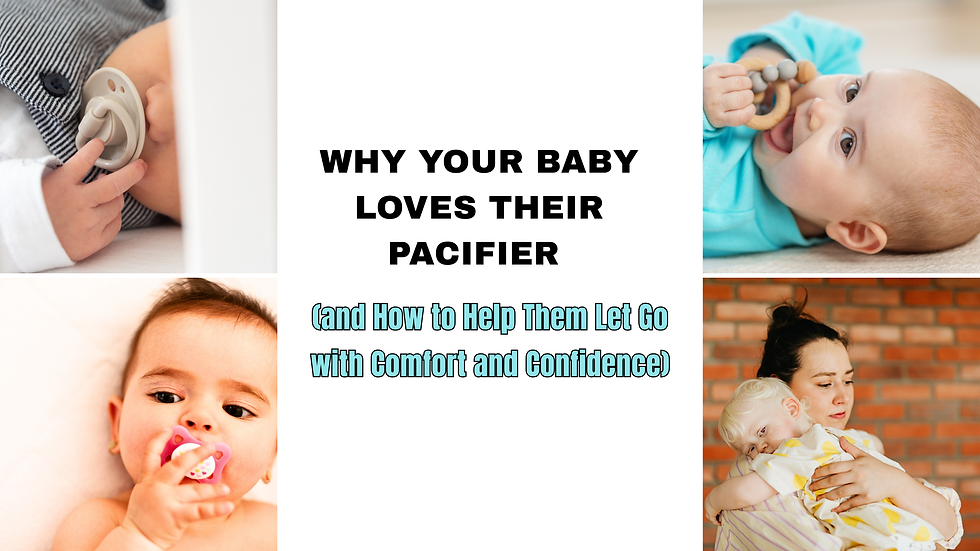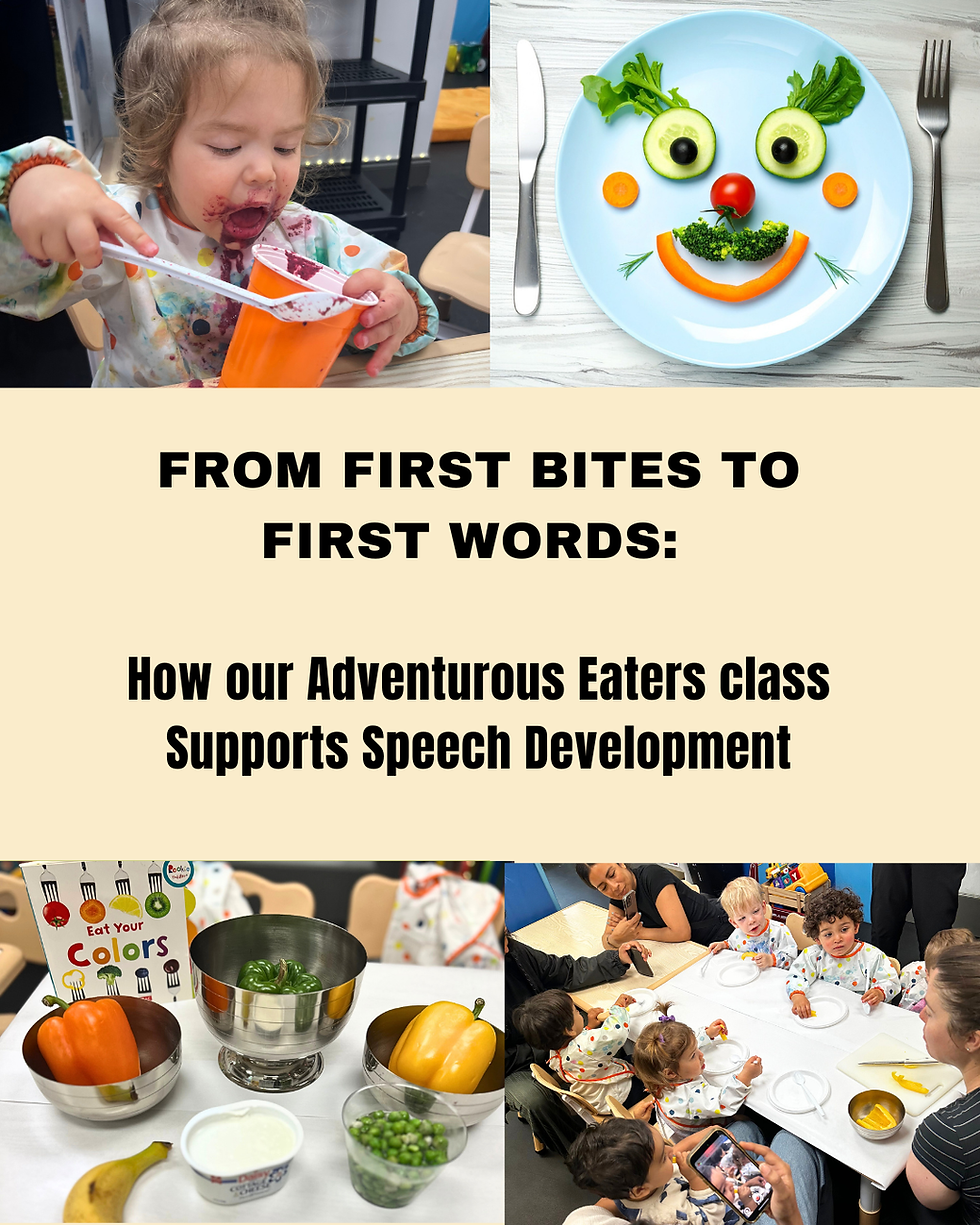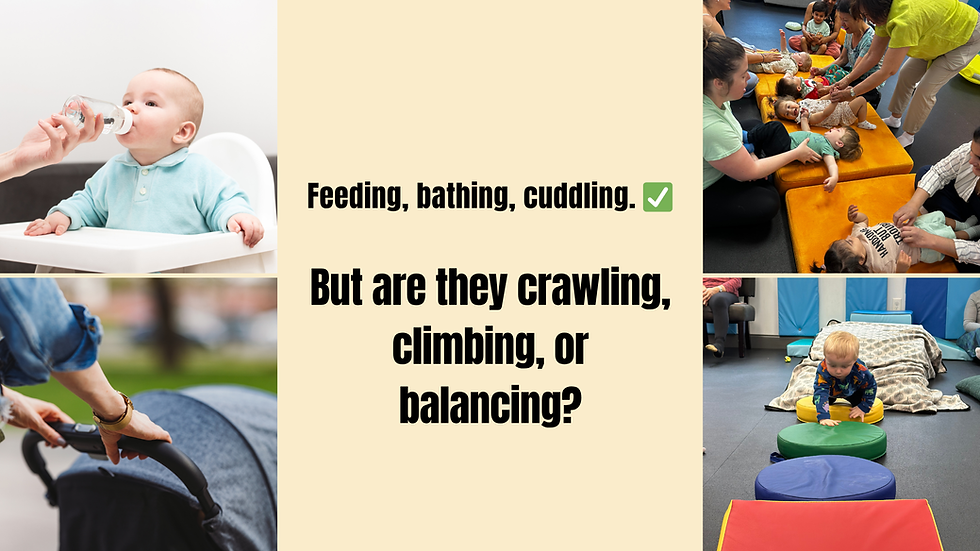3-Reasons Why Peer-To-Peer Play Is Crucial to Your Child’s Development and Success
- COMPASS Learning ADVANTAGE
- May 2, 2018
- 2 min read
Why Socialize? I am content playing in my own world.
We know it is important to have friends, be social, and have the emotional support of a peer. The following is a response to questions that parents often have about their child’s development. Discovering why it is important for a child to learn how to positively interact with another, the impact of social development, and exercise can unveil why it can be a positive opportunity for a child to play sports.
Why is it important to develop strong peer-to-peer relationships?
Research has shown that children who can interact successfully with their peers, starting at a young age, are more popular, have stronger friendships, and are included more often in classroom activities than children who lack these skills. Some social skills that are useful for interacting with peers and building social relationships include, getting a friend’s attention, sharing objects, asking peers to share objects, providing a play idea to a peer, or saying something nice to a friend. All of these social skills are the foundations for learning and becoming a happier and content person.
How does learning to interact with peers through play impact your social development?
During play, children increase their social ability and emotional maturity. The school and community environments both require a person to be able to positively interact with another. Learning through play allows children to do the following to practice and acquire both verbal and nonverbal communication skills. Play scenarios, like sports games, demand a child respond to their peers’ feelings while waiting for their turn and sharing materials and experiences. Furthermore, the play theme support a child to experience others’ points of view by working through conflicts about space, materials, or rules positively.
How does movement impact a child’s readiness to learn?
Children acquire knowledge by acting and then reflecting on their experiences, but such opportunities are increasingly rare in school, (Lara N. Dotson-Renta, The Atlantic). As a kindergarten teacher, I see how little opportunity my students are given to move around, burn energy and get active. Today schooling in the U.S. have become more and more academic, constantly focusing on the rigor and rate of instruction while emphasizing assessment, data collections, drawing a firm line between “work” and “play”. The framework and criterion for success student is a young child who can self-regulate and maintain a still body while sitting and attending throughout a 6.5 hour school day. Consequently this model severely restricts kids’ physical movement.
Even better, consistent exercise can improve your mood, teach someone how to self-regulate and recognize how they fee during certain situations, help you sleep better, and creates social opportunity. Exercise and physical activity are a great way to feel better, boost your health and have fun. Aim for at least 150 minutes per week of moderate-intensity exercise, or 75 minutes per week of vigorous exercise. Pairing exercise with structured play is a win-win. Your child will learn how to make friends while in their best and positive mood and learning environment.
To learn more, visit our website, COMPASSlearningADVANTAGE.com





















Comments